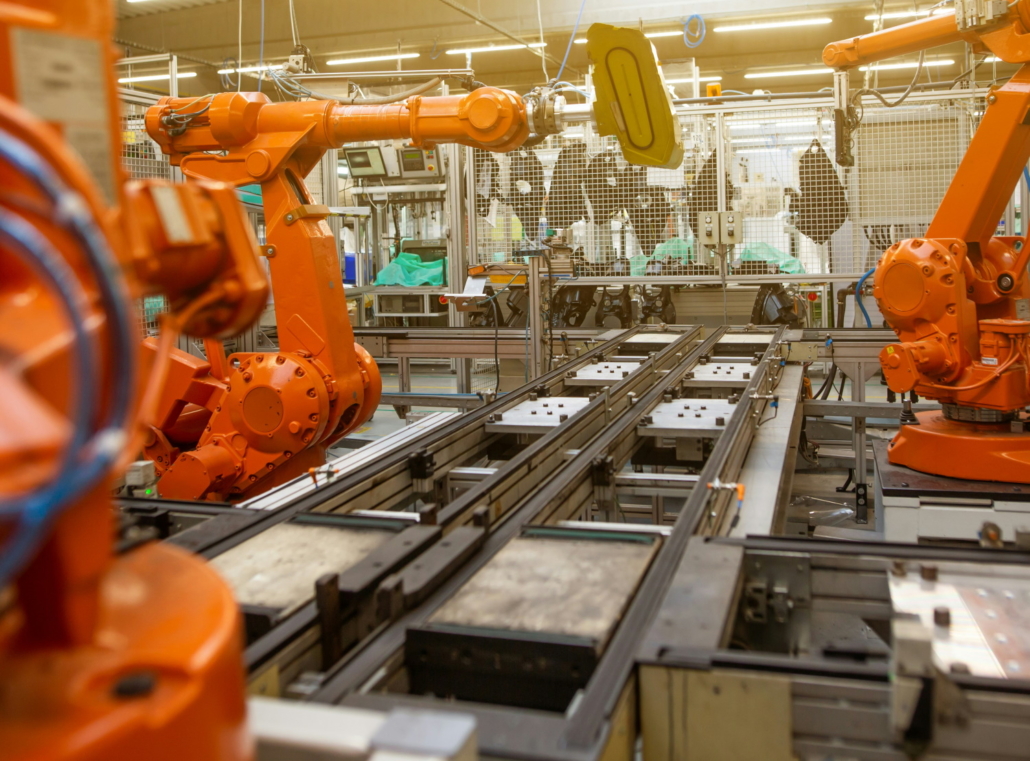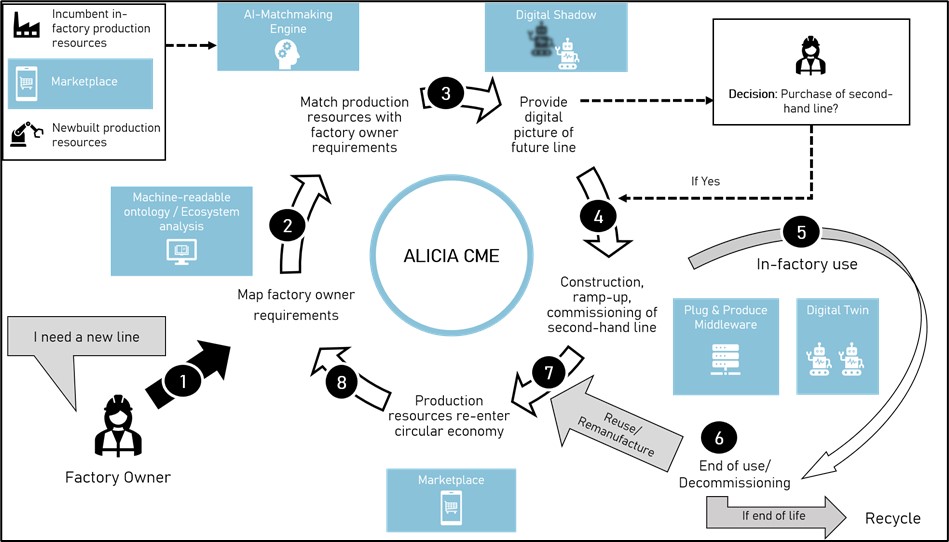A future-proof configuration
An assembly line is a set of stations to which resources are assigned, repeating the same tasks in sequence. The product to be manufactured moves from one station to another until it is ready. Depending on the industry, a line can range from around 20 tasks to 500 or even 1,000 (for car assembly, for example). The design of an assembly line is based on the intersection of the different tasks required to manufacture the product, and the different resources that perform these tasks in a certain amount of time. Traditionally, a line is designed specifically for the product it is to manufacture, and remains fixed for a generation (six months, a year, etc.). Each time the line is redesigned, new tasks and resources are reassigned to each station.
The goal of Simon Thevenin and his team is to develop tools that will determine which equipment to place at each station, whether to buy it new or second-hand, when to replace it, whether to wait for its end-of-life or replace it with new, more efficient technology, and so on. “This involves taking the line’s entire life cycle into account, and imagining how products manufactured in the present will evolve in the future”, says the researcher.
Based on a production line in operation, the scientists imagine several scenarios, in which new tasks requiring new resources are added; as well as the possible evolutions of these scenarios. In the ALICIA project, the scenarios are generated randomly, “but we can ask the client what the most likely changes are,” says Simon Thevenin. By taking these scenarios and possible future modifications into account, the researcher and his team hope to design assembly lines that are more resilient to change: so that with each new product it is easier to modify resources.
Operational research, cost constraints and reuse
The assembly line is thus considered like a combinatorial optimization problem, i.e. aiming to find the best option among a finite number of configurations. This involves a trade-off between different types of cost: linked to the purchase and installation of equipment, to the number of stations, to training technical staff on new machines, and so on. A computer could test all possible combinations and find which is the most optimal, but “the problem is that the number of combinations is generally very large, and in practice, this is not feasible”, says Simon Thevenin.
IMT Atlantique scientists therefore use mathematical models that respect certain rules and constraints. Of course, the more scenarios there are, the longer and more complicated the model is to solve. “We generally set a time limit – for example, one hour – and see how many scenarios the model is capable of solving in that time, whether it’s 100 or 1,000,” says Simon Thevenin. Artificial intelligence techniques, particularly reinforcement learning, are also used to try and solve these “dynamic stochastic” problems. “Stochastic” because of the uncertainty of future scenarios, and “dynamic” because, with each generation, the product changes and so does the assembly line.
The software developed will be able use input data (stations, tasks, resources) to produce proposals for an optimized assembly line, including replacing a damaged piece of equipment with a resource in better condition from the marketplace. Teams at IMT Atlantique are currently completing a first version of the project and will shortly be moving on to the application of the defined use cases. “The next step is to assemble the identified optimal assembly line on a computer, so that the manufacturer can see what it looks like and decide whether or not to take the second-hand approach,” says Simon Thevenin.







